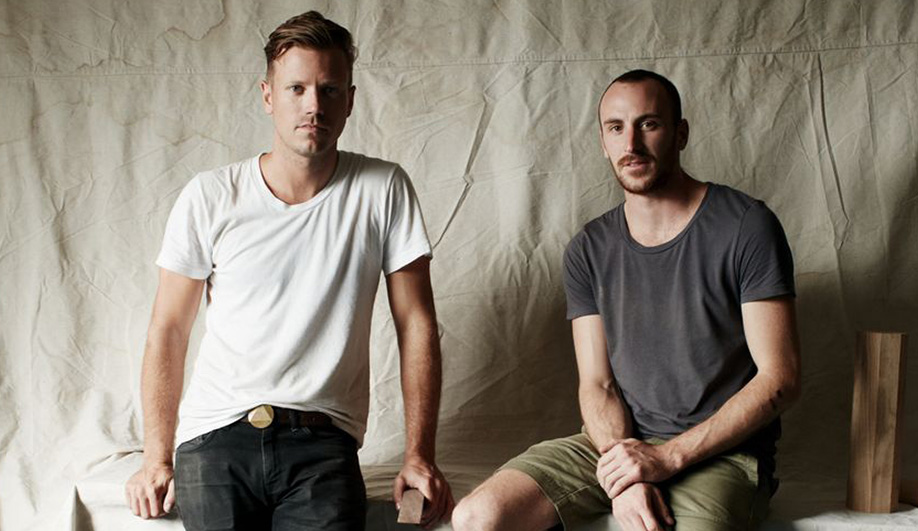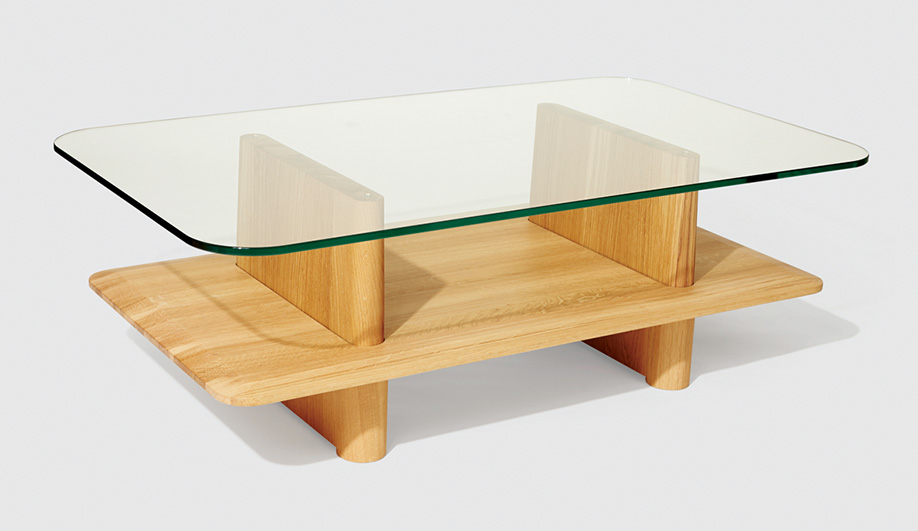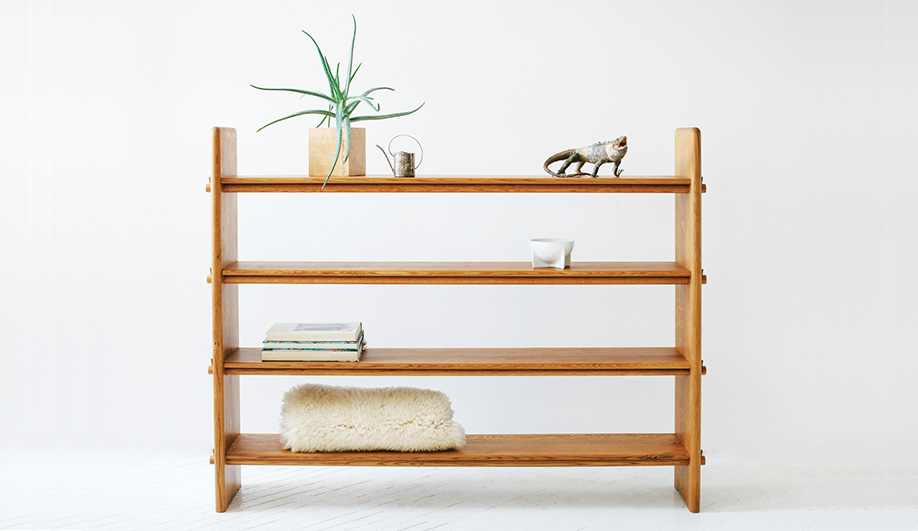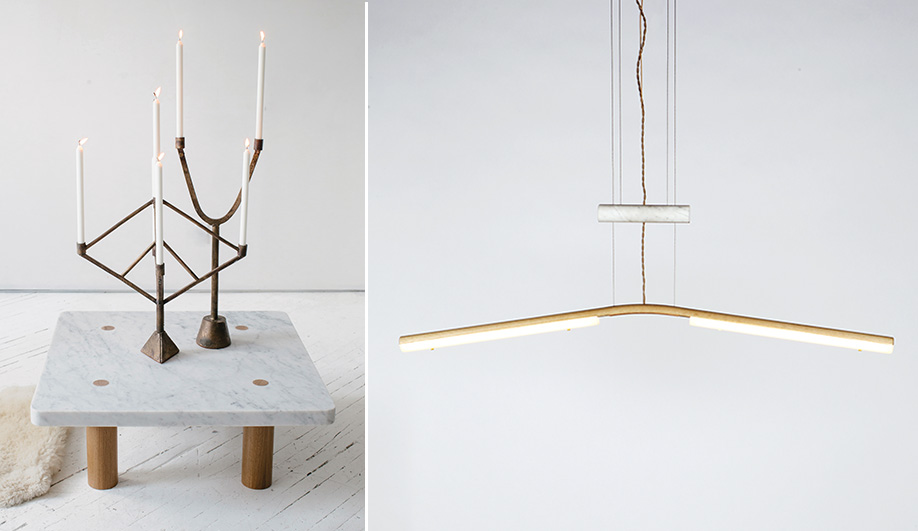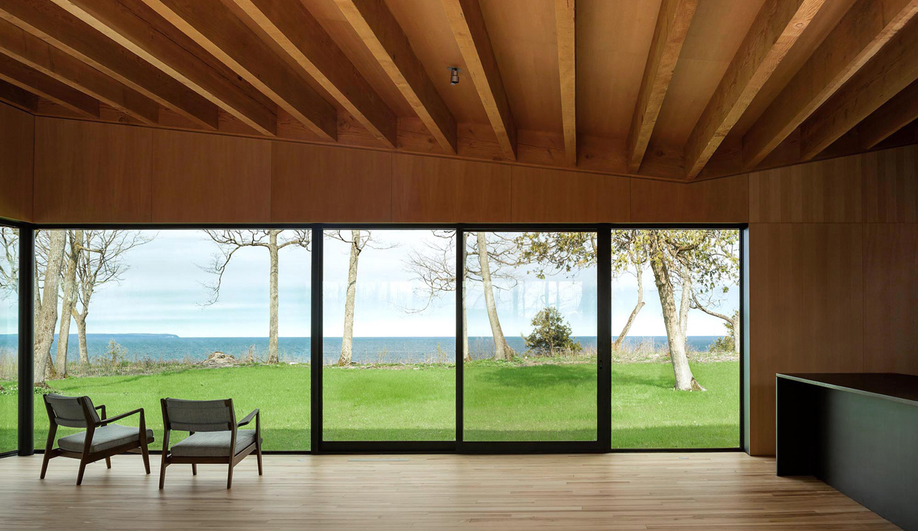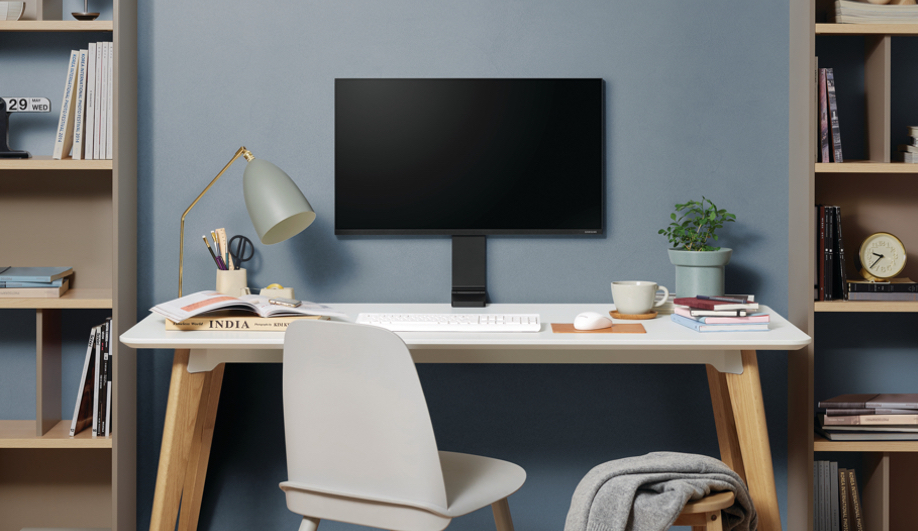Azure looks at four designers making it big in the Big Apple by working their distinct aesthetic and formal signatures into brilliant furniture, lighting and interiors. First up, Fort Standard – the duo that’s making the most out of minimalism.
Meticulous craftsmanship lies at the core of the handsome furniture, tabletop objects, lighting – even a jewellery line under the Clermont brand – designed by Gregory Buntain, 30, and Ian Collings, 28, in their Brooklyn studio. The Pratt Institute industrial design alumni celebrate simple forms. “When we started, we were interested in a more reductive design process,” says Collings, “the simplicity of utility and the elegance that can be found in basic functions.” Their bronze Sprue Candelabra, for instance, exploits a rudimentary metal casting process to create rough, almost primitive forms with a textured finish; and their Column Coffee Table features thick cylindrical wooden legs that puncture a marble slab top, picking up the weight with a change in diameter.
It didn’t take long for the pair to attract the attention of manufacturers, including Roll & Hill lighting, Areaware, SCP, and 1882 ceramics. Their latest licensed piece is the Tenon Coffee Table for SCP, which the British brand launched in April 2014 at the Salone Internazionale del Mobile. As the piece’s name suggests, the legs are essentially supersize wooden joints that support a shelf and a glass top.
Still, the duo continues to spend just as much time developing and producing pieces in-house. Participating in the International Contemporary Furniture Fair for the first time this year, they are launching their own range of lighting made from wooden frames and flat glass planes. In March, during New York’s Architectural Digest Home Show, they introduced the Range dining table, which features dowel-like legs and generously rounded corners and edges. “We were trying to conceive of the simplest possible form for a large dining table,” says Buntain. “But we also wanted to make the entire piece soft, warm and inviting to touch.”

